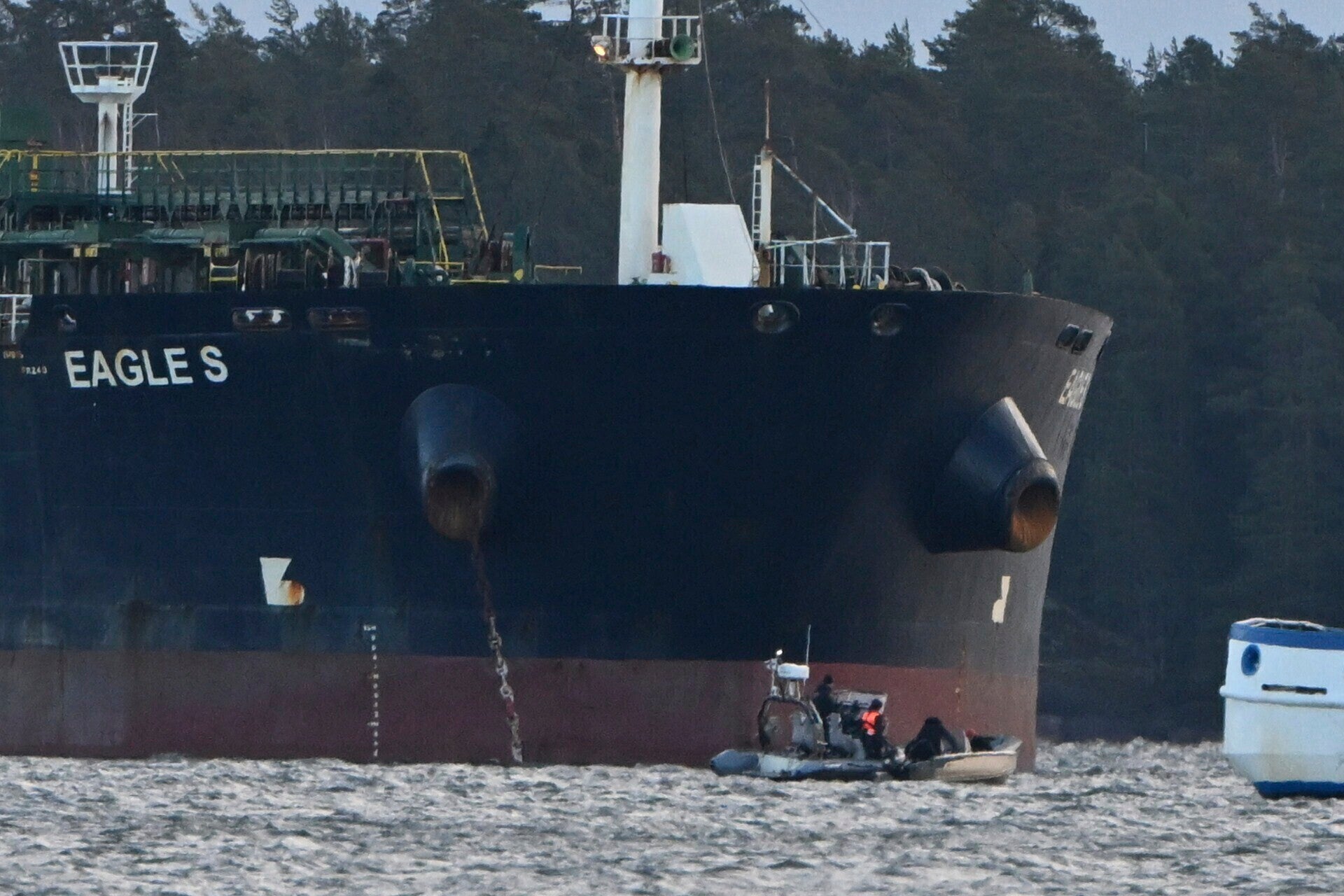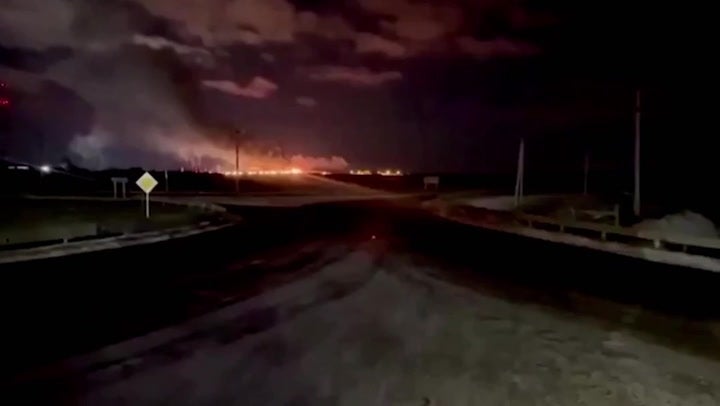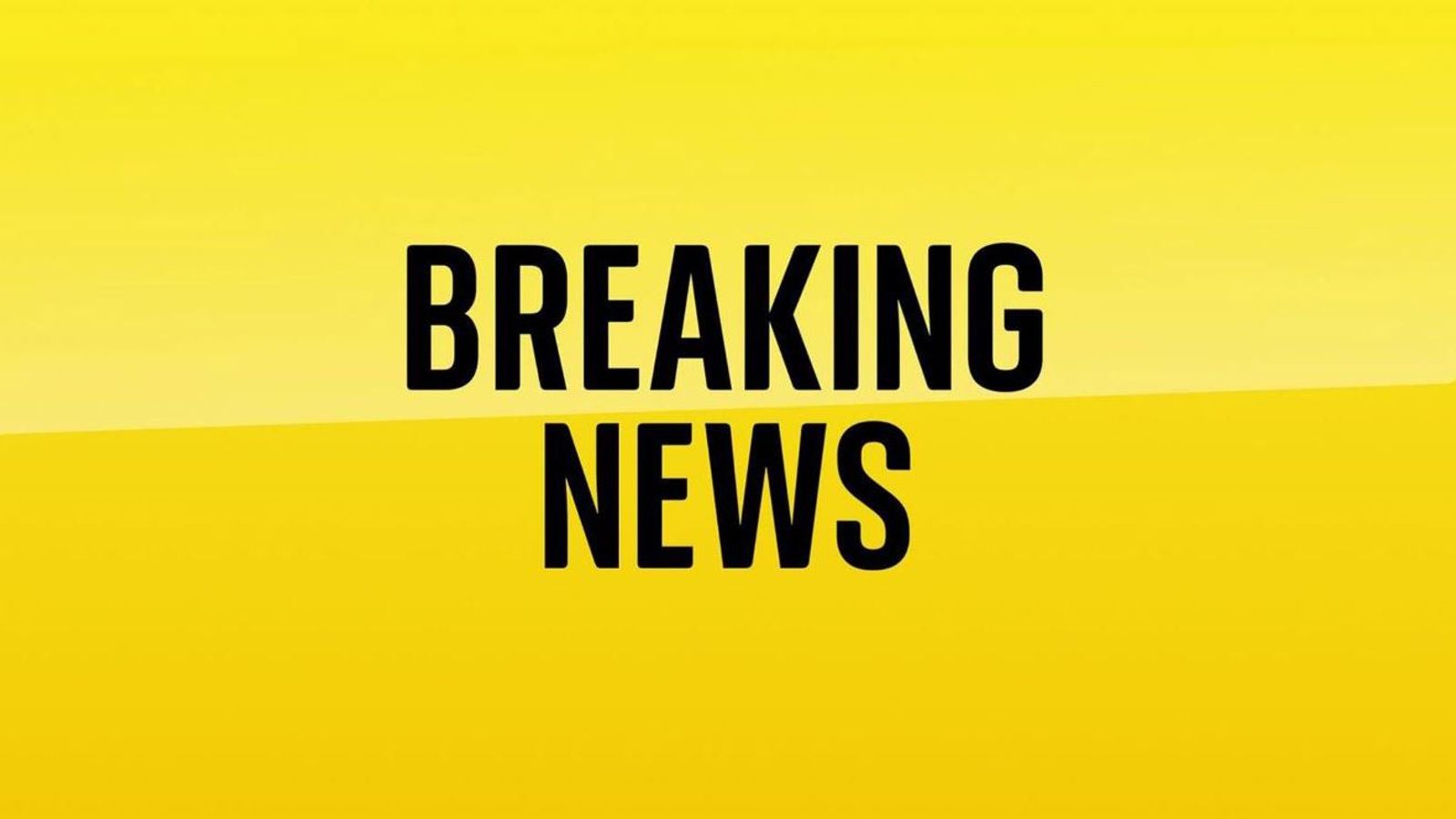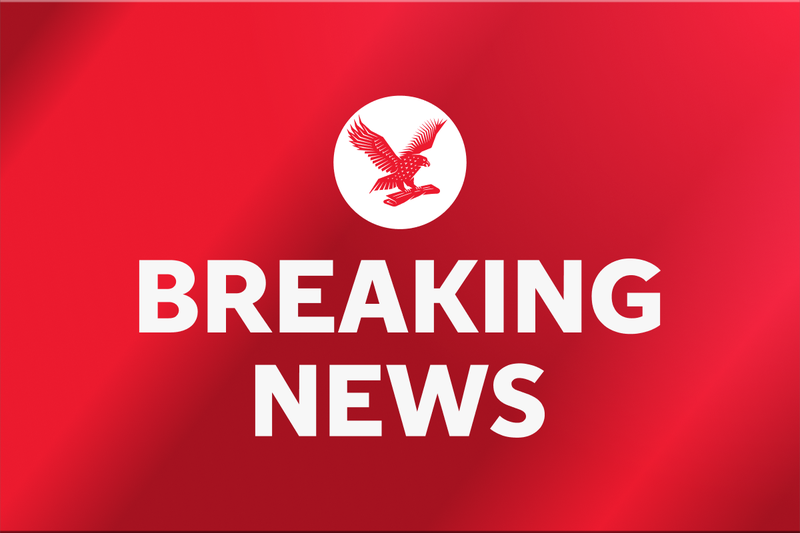Shadow fleet of tankers keeps Russia's oil money flowing despite Western sanctions
Shadow fleet of tankers keeps Russia's oil money flowing despite Western sanctions
Share:
The Group of Seven democracies have sought to crimp Russia's oil export earnings that help fund the war against Ukraine. But Western governments and sanctions experts say Moscow has resorted to using a so-called shadow fleet of hundreds of aging tankers of uncertain ownership and safety practices that are dodging sanctions and keeping the oil revenue coming.
Here are things to know about the shadow fleet — and why it worries Western governments and environmental groups. What is the shadow fleet?. The shadow fleet is made up of aging tankers bought used, often by nontransparent entities with addresses in non-sanctioning countries such as the United Arab Emirates or the Marshall Islands, and flagged in places like Gabon or the Cook Islands. Some of the vessels are owned by the Russian state Sovcomflot shipping company. Their role is to help Russia's oil exporters elude the $60 per barrel price cap imposed by Ukraine's allies.
Estimates vary, but S&P Global and the Kyiv School of Economics Institute have put the number at over 400 ships that can transport oil, or products made from crude such as diesel fuel and gasoline. The shadow fleet in fact isn't all that shadowy. The ships don't hide their stops at Russian oil terminals. Some have direct connections to Russia, as with the vessels owned by Sovcomflot. In other cases, it's often unclear who exactly is behind the listed owners, and what kind of safety practices and insurance the vessels have. What sets them apart is that they transport Russian oil and operate outside the jurisdictions of the sanctioning G7 countries.






















